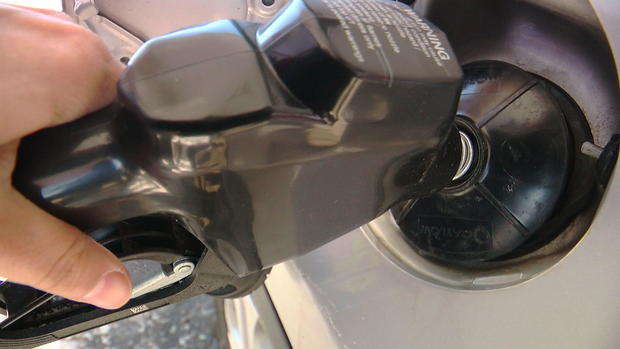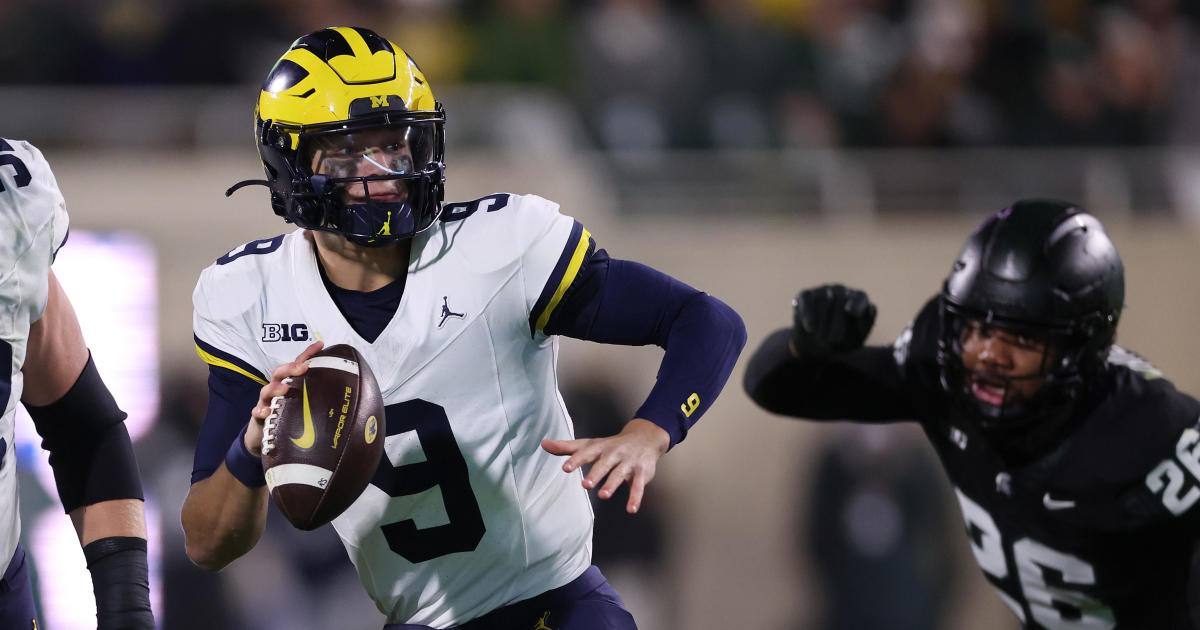How did we get to skyrocketing gas prices?
MINNEAPOLIS -- We've gone from prices we never expected to see to again in 2020, to prices we wish we never saw in the first place in 2022.
The average in Minnesota is $4.59 a gallon, a record high. So how did we get here? Good Question. Let's go back a little more than two years.
February 2020, the national average price for a gallon of gas was $2.53.
One month later the COVID-19 pandemic hits. Prices plummet thanks to a massive drop in demand as countries around the world went into lockdown. The average price per gallon was $1.93 in April 2020.
What followed was a slight climb the rest of that year, followed by an ascension in early 2021, from which we have never looked back.
The COVID-19 vaccine release in January 2021 created confidence to travel again, raising demand for gas and outpacing supply.
"A lot of refineries either shut down or decided to reconfigure their refineries to make renewable products [in 2020]," said Tom Kloza, the global head of energy analysis for the Oil Price Information Service. "In 2018 we had about 19 million barrels a day of capacity. Today we have maybe 17.9 million."
That slight supply shortage impacts gas, diesel and jet fuel, and in turn the prices we pay.
Gas jumped over $3 a gallon in spring of 2021, a number not seen since 2014. Then this spring, Russia invaded Ukraine, leading to another steep increase. All this meanwhile is happening as oil companies see huge profits this year.
Should oil companies be shouldering some of the blame?
"I think probably on the exploration and production side, a little bit," said Kloza. "At the end of 2021, there was a lot of rhetoric from CEOs of independent exploration and production companies saying, 'We don't want to ruin this by drilling more and putting more on the market.'"
The Federal Reserve Bank of Dallas surveyed oil company executives this spring. One respondent said availability of steel and its price is delaying their ability ramp up production.
Another said they're holding back on capital spending on drilling to create "great internal rates of return." Is that conservative approach to spending due to pressure from investors to maximize returns?
"I think it is. I think you can blame Wall Street for that," said Kloza.
Companies like Exxon experienced losses in the billions in 2020. Profits this year are helping to make up for those shortfalls.
Why did the prices go even higher than what they were right before the pandemic?
"Normally you see refiners charge maybe $10-$20 a barrel on top of the price of crude for wholesale gasoline. It gets passed along by retailers. This year we're seeing $60-$65 a barrel in profits," said Kloza. "They're not collusive. The market is bid and asked just like Bitcoin or Nasdaq stock. And right now there's a lot more buyers than sellers."
However, all these points aren't what some Americans believe is to blame.
"This is the [President Joe] Biden price hike, and it's been a steady climb since he took office," said Republican Congresswoman Cathy Rogers at a hearing earlier this year by the Energy and Commerce Committee.
Rogers blamed Biden's attacks on the oil sector upon his election as why prices have risen.
Kloza, along with his depth of knowledge, disagrees that that president is solely to blame. He says it's disingenuous to tell that to the public.
"Admittedly, he kind of declared war on fossil fuel companies … But as far as crude oil goes and the Keystone pipeline, those are things that might impact the markets in 2024 on, not this year. But it's a great talking point for the [political] right," he said.
Mother Nature this summer might make matters worse for drivers. Kloza said the potential for hurricanes in July and August could easily lead to another price hike if refineries along the Gulf of Mexico are impacted.





